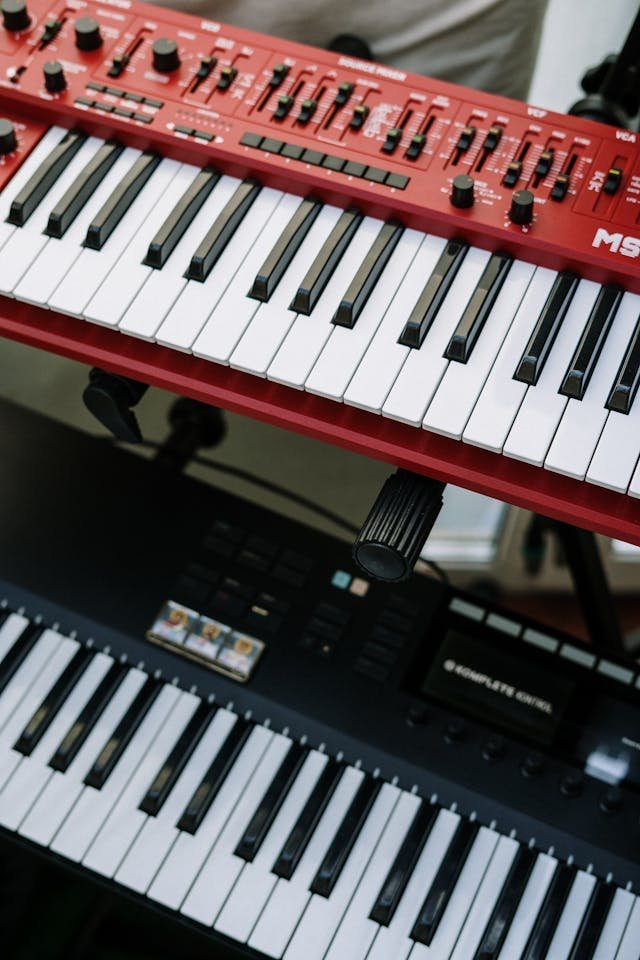Have you ever felt an uncontrollable urge to move when your favorite EDM track drops? That’s no coincidence. The connection between music and movement is deeply rooted in human psychology. Electronic Dance Music (EDM), with its pulsating rhythms and soaring melodies, is particularly effective at getting people on their feet. Let’s explore the science behind why EDM makes you dance and how it impacts your mind and body.
The Basics: How Music Affects the Brain
Music has a profound effect on the brain, triggering emotions, memories, and even physical responses. Key areas of the brain involved in processing music include:
- Auditory Cortex: Processes sound and recognizes rhythm, pitch, and melody.
- Motor Cortex: Controls movement and is activated by rhythmic sounds.
- Dopamine Release Centers: Trigger feelings of pleasure and reward when listening to enjoyable music.
EDM’s structured beats and repetitive patterns engage these areas, creating an irresistible urge to dance.
Why EDM Is So Danceable
EDM is designed to move people. Its unique characteristics tap into the psychology of rhythm and emotion:
1. The Power of Rhythm
- Steady Beats: Most EDM tracks have a consistent tempo ranging from 120 to 140 BPM, similar to the human heart rate during moderate exercise. This synchronicity encourages movement.
- Syncopation: Subtle variations in rhythm create tension and excitement, making the music dynamic and engaging.
- Builds and Drops: Progressive build-ups followed by powerful drops trigger anticipation and release, a cycle that drives movement.
2. Emotional Stimulation
- Euphoric Melodies: Uplifting melodies in genres like progressive house or trance evoke feelings of joy and excitement.
- Bass Frequencies: Deep basslines resonate with the body, creating a physical sensation that enhances the urge to move.
- Repetition: The repetitive nature of EDM helps the brain predict patterns, making the music feel familiar and enjoyable.
The Science of Dancing
Dancing is more than just a reaction to music—it’s a complex interplay of brain activity, emotion, and social connection. Here’s how EDM influences this process:
1. The Groove Effect
Studies show that repetitive rhythms activate the brain’s motor regions, creating what scientists call a “groove.” This phenomenon makes listeners feel compelled to move, even if it’s just tapping their feet.
2. Release of Feel-Good Chemicals
EDM’s high-energy beats stimulate the release of dopamine and endorphins, chemicals associated with happiness and pleasure. These natural rewards encourage dancing as a physical expression of joy.
3. Social Bonding
When dancing in a group, the synchronization of movement fosters a sense of connection and unity. Festivals and club environments amplify this effect, creating an atmosphere of collective euphoria.
Studies Supporting EDM’s Impact
Research has highlighted how music influences physical and emotional states:
- Rhythmic Entrainment: A study published in Scientific Reports found that people synchronize their movements to music, with faster tempos leading to more energetic movements.
- Mood Enhancement: A report in Psychology of Music showed that dance music significantly improves mood and reduces stress levels.
- Physical Benefits: Dancing to EDM counts as moderate exercise, improving cardiovascular health and boosting energy levels.
Why EDM Resonates Across Cultures
The universal appeal of EDM lies in its simplicity and accessibility:
- No Language Barriers: EDM relies on beats and melodies, making it relatable regardless of language or cultural background.
- Inclusive Atmosphere: Festivals and clubs welcome people from all walks of life, creating a sense of belonging.
- Timeless Rhythms: The primal nature of rhythmic patterns connects with human instincts, making EDM a global phenomenon.
How to Maximize the EDM Experience
- Let Go: Focus on the music and allow yourself to move naturally.
- Join a Crowd: Dancing in a group amplifies the positive effects of EDM.
- Create Playlists: Curate tracks with your favorite builds, drops, and grooves for maximum enjoyment.
- Stay Hydrated: High-energy dancing requires stamina, so keep water handy.
The Therapeutic Benefits of Dancing to EDM
Dancing to EDM isn’t just fun—it’s also good for your mental and physical health. Benefits include:
- Stress Relief: High-energy movement helps release pent-up tension.
- Improved Mood: The combination of music and physical activity boosts serotonin levels.
- Increased Confidence: Letting loose on the dancefloor fosters self-expression and reduces inhibitions.
Conclusion
The magic of EDM lies in its ability to connect rhythm, emotion, and movement. Its powerful beats and euphoric melodies create an experience that transcends music, inspiring people to dance and bond with others. So, the next time your favorite track drops, don’t hold back—let the rhythm take over and enjoy the uplifting power of EDM. Dance like nobody’s watching!









